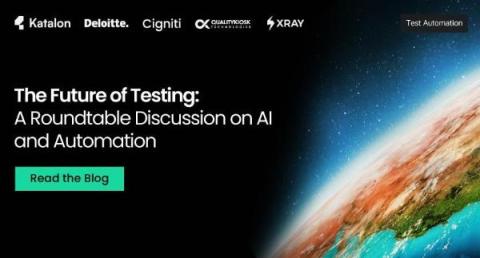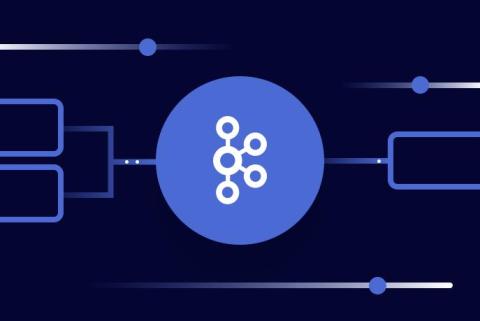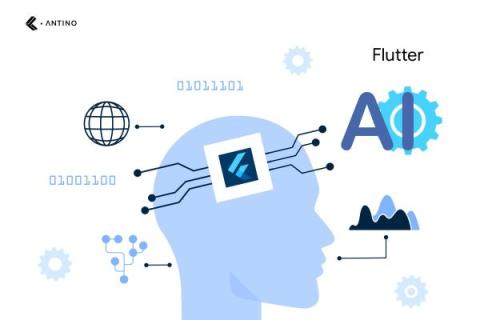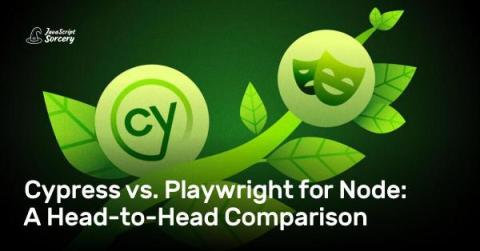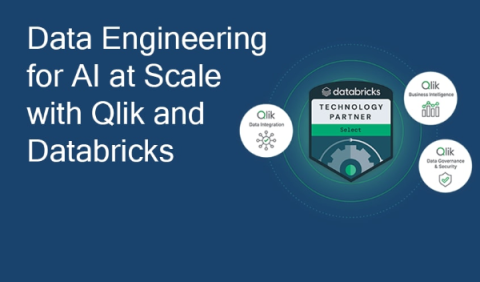The Future of Testing - A Roundtable Discussion on AI and Automation
Recent advances in artificial intelligence (AI), particularly in generative AI with the release of large language models (LLM) such as OpenAI’s GPT 3.5 and 4.0, Google’s Gemini, and Meta’s Llama in 2023, have had a profound effect on business procedures and practices in several industries, including software development, operation, and quality engineering (QE).


